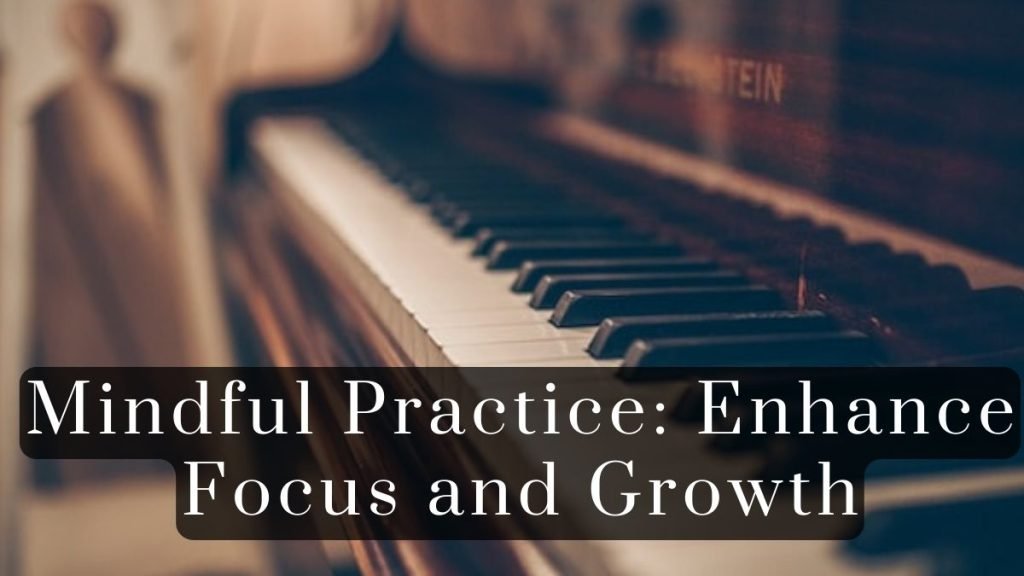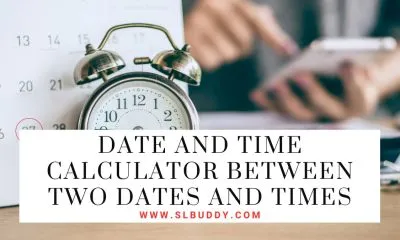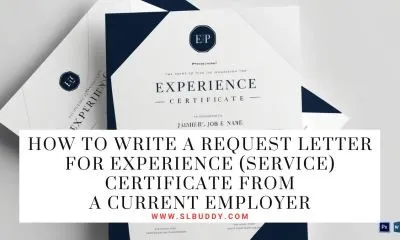
Are you a beginner to the piano and feeling overwhelmed by where to start? Are you an experienced player looking for some new tips and tricks to take your playing up a notch? Have no fear, we’ve got you covered!
By following these 7 must-know tricks for rocking your piano practice, you will be on the road to success in no time.
Whether it’s perfecting technique or learning new songs to play with confidence, this comprehensive guide will help shape your skills into something practically professional.
Know Every Important Part Of The Piano
Familiarizing yourself with every important part of the piano is crucial. Understand the keyboard layout, with its 88 keys made up of 52 white keys and 36 black keys.
Each key corresponds to a different note. The white keys represent the musical tones A, B, C, D, E, F, and G, while the black keys represent the sharps and flats of these tones. The question of what do piano pedals do should be easy for you to answer, as they are essential for adding expression and depth to your playing.
Knowing the different parts of the piano will not only help you understand how it works but also allow you to make the most out of your practice sessions.
Effective Warm-Up Techniques
Warming up before diving into your piano practice is a crucial step that shouldn’t be overlooked.
It helps to loosen up your finger muscles, improve your dexterity, and prepare your mind for the session ahead.
Start with simple scales, running your fingers through the notes in both ascending and descending order.
This will help you familiarize yourself with the layout of the keys and improve your finger positioning.
Don’t rush through this process; take your time and make sure each note rings clear.
Next, perform chord progressions as this will help you understand the relationship between different chords and improve your hand coordination.
Finally, try some arpeggios, which will aid in gaining control over larger movements across the keyboard.
Just remember, a slow and focused warm-up can set the stage for a successful and productive practice session.
Setting Clear Goals
Establishing clear and achievable goals for each practice session is key to staying motivated and tracking your progress.
Instead of setting vague goals like “learn a new song,” be specific about what you want to achieve.
For example, aim to learn the first section of a particular piece or master the transition between two difficult chords.
By setting precise, measurable, attainable, relevant, and time-bound (SMART) goals, you create a clear roadmap for your piano practice.
Remember to celebrate small victories along the way. Each goal achieved is a step closer to becoming the pianist you aspire to be.
Progress may sometimes seem slow, but consistency and patience will eventually pay off.
Smart Repetition
Smart repetition is the process of practicing a specific piece or a portion of it repeatedly until you can play it flawlessly.
This doesn’t mean mindlessly running through a song from start to finish over and over again. Instead, smart repetition involves breaking down the piece into smaller sections.
Focus on one section at a time, repeating it until you can play it accurately and at the desired tempo.
If you stumble at a certain part, isolate that particular measure or phrase and practice it separately before integrating it back into the section.
This targeted approach to repetition allows you to tackle the most challenging parts of a piece effectively, leading to a more efficient and productive practice session.
Remember that quality always trumps quantity when it comes to repetition. Be patient with yourself and aim for slow but steady progress. It’s better to play a section slowly and correctly than quickly and wrong.
Incorporating Varied Repertoire
Diversifying your repertoire is a key element of effective piano practice. Playing a variety of pieces from different genres and eras enhances your versatility and broadens your understanding of music theory, composition, and style.
If you always stick to the same style or composer, you risk limiting your technical and expressive range.
Therefore, make it a point to incorporate a mix of classical, jazz, pop, and other genres into your practice routine.
Additionally, exploring a diverse repertoire exposes you to various compositional techniques and musical structures, enriching your interpretive skills.
It also keeps your practice sessions fresh and exciting, thereby maintaining your interest and motivation to play.
Remember, each new piece you learn is like stepping into a different musical landscape, offering unique challenges and rewards.
So, don’t hesitate to step out of your comfort zone and expand your musical horizons. Experimenting with different types of music can be a joyful journey of discovery that significantly contributes to your growth as a pianist.
Utilizing Technology
Technological tools can significantly enhance your piano practice. Utilize mobile apps and software to aid in various aspects of your practice.
Piano learning apps such as Yousician, Flowkey, or Simply Piano offer interactive lessons and provide real-time feedback to help you improve.
Metronome apps can ensure you maintain a steady tempo throughout your practice, while sheet music apps allow you to have a vast library of pieces right at your fingertips.
Recording your practice sessions can provide valuable insights into your performance.
Listen to the recording and identify any areas where you might be rushing, dragging, or making mistakes.
This will give you a clear picture of your progress and show you what areas need more attention.
Don’t forget about online tutorials and lessons, which can be a great supplement to your regular practice.
Websites and platforms like YouTube host thousands of piano lessons, tutorials, and performances that can offer a wealth of information and inspiration.
Use these resources wisely to boost your learning process. Remember, while technology can be a helpful tool, it doesn’t replace the importance of focused practice and dedication to your craft.
Mindful Practice

Practicing the piano mindfully is another must-know trick to excel in your piano endeavors.
Mindful practice involves being fully present and focused during your practice sessions, without letting your mind wander.
This means paying close attention to every note you play, observing the sound, feel, and response of the keys, and being aware of your posture and breathing.
When practicing a piece, don’t just focus on playing the right notes. Consider the emotional content of the music and strive to express it through your performance.
Be observant of the dynamics, phrasing, and rhythm of the piece. It’s these subtle elements that can bring a piece of music to life and create a profound impact on the listener.
Mindful practice also involves reflecting on your practice session. After each session, take a moment to reflect on what you did well, what you struggled with, and what you learned.
This reflection can provide valuable insights that can guide your future practice sessions.
Don’t miss: Educational Tips And Tricks Every Teacher Needs To Know
The bottom line
In conclusion, mastering the art of piano playing requires dedication, patience, and perseverance.
By incorporating these 7 must-know tricks into your practice routine, you can enhance your skills, improve your technique, and take your playing to the next level.
Remember to stay committed, consistent, and open-minded in your approach to practicing, and success will surely follow.














